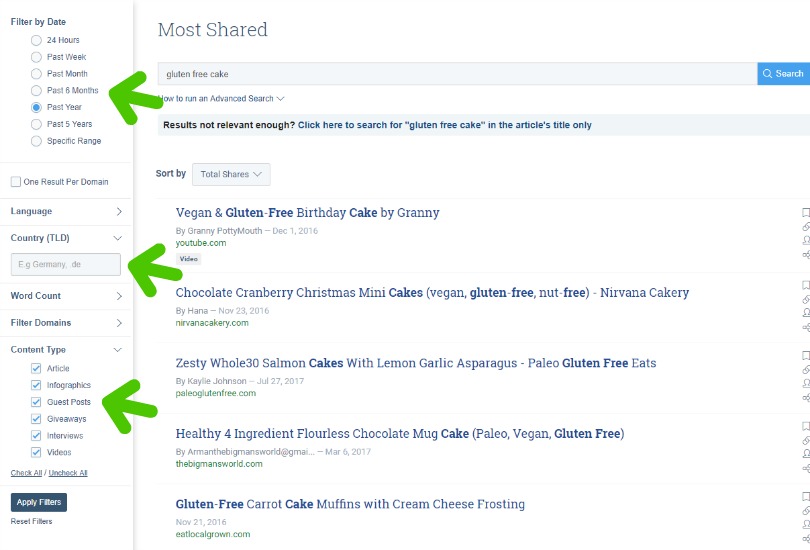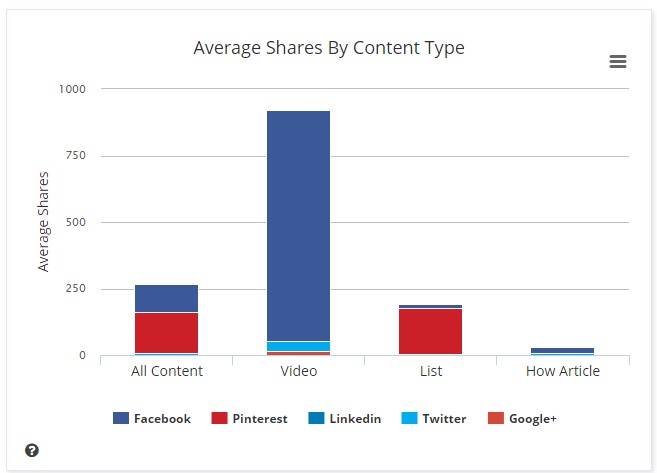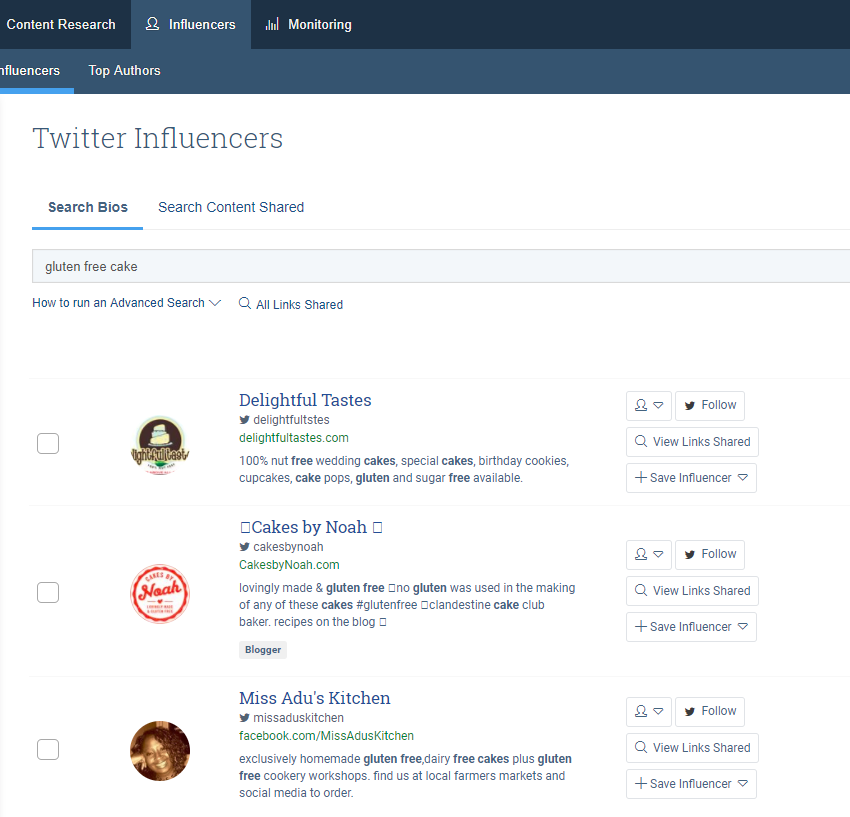Buzzsumo. No, it’s not a vibrating wrestler.
Buzzsumo is an online tool that acts as a content magpie, collecting all the popular content you’re looking for. You can use it to check the most engaged content from a URL or keyword. This means it’s super useful when it comes to finding inspiration for new ideas to make your own (hopefully) viral articles.
Most people will only use the tool’s basic functions. But there are hidden gems within it that could make your creative content ideas go from good to grand. Here’s how you can be a kick-ass Rishiki (that’s a sumo wrestler) and get a big fat kinboshi (gold star) with your Buzzsumo inspired content.
What are you searching for?
So, your stakeholders are waiting for a list of content idea to approve. You need to wow them with your titles. Get yourself on Buzzsumo for some inspiration.
Let’s say you sell cakes. The easy thing to do would be to open Buzzsumo, type in the word ‘cakes’ and have reams of fantastic articles you can hope to gain inspiration from. But the tool isn’t magical. Sure, if you type in ‘cakes’ you will get some content dedicated to the keyword, but you’ll also get things like this:

The word ‘cakes’ is such a broad search term that it can bring up things that are completely unrelated. So, instead of just searching using commercial driven keywords like ‘cakes’, ‘wedding cakes’ or ‘birthday cakes’, try to use content-driven keywords instead. Moz blogger Paddy Moogan tells us, ‘Putting these [commercial keywords] into Buzzsumo will return some results, but the usefulness of them will not be as good as using content-driven keywords’.
By doing this, you’ll lessen the probability of having to sift through results of service pages selling cakes. Instead, go for things like ‘cake decorating ideas’ and ‘gluten free cake’ to tailor the search so you get relevant content to browse through. From these articles, you can then see the highest performers. It’s also a good idea to make a note of any trends or domains that appear frequently. You can refer to them later for deeper research.
Filter and fixate
You’ve chosen a search term, now you need to view the most relevant results. To do this, you can use the search functions down the side of the page. First, change the date filter to as recent as you see fit, from ‘past year’ to ’24 hours’ previous. You can also filter to show articles originating from a certain country, which is great for seeing what your targeted audience are reading. For example, if your client has a lot of customers or a big following in Italy, you could filter your search to find out what the Italians are reading and sharing.

Probably the best way to narrow your results is by using the content type selection function. From this, you can instantly choose the type of content you want to see in your results. This is super useful when trying to glean some inspiration for things such as infographics; your search can be tailored so you only see these.
If you find a domain you use frequently, you can choose to search only within their site for content. This in-depth customisation means you can make the most out of your searches. It also lets you see which content is doing best on your competitors’ sites.
Gimme those stats
In addition to filtering your searches, one of the best qualities Buzzsumo has is the ability to see statistical information. Even content novices can understand the stats presented by this tool. The first and most obvious statistic you’ll see is the number of shares for the most popular posts. Here’s an example of top results for ‘gluten free cake’:

So, it’s clear there is a trend within these posts. All three of the top posts are recipes. Granted, they aren’t all sweet recipes, but recipes nonetheless. We can, therefore, assume that recipe posts generally do well in this genre of content.
Content analysis
If you want to see which social media platforms and which types of post do well for your search term, use the ‘content analysis’ tab on the top. Enter your search term and press ‘search’:

From this, you will get a series of statistics and graphs, including ‘average shares by network’ and ‘average shares by content type’. If we look at the latter, we can see which types of post perform best for this search term:

From this, we can see that videos on Facebook are the clear winner. Following that, listicles do pretty well on Pinterest. Whatever data you get from these graphs, you can tailor your content and social media posts to work in your favour.
So, an article title that may do well for this search term could be ‘X Gluten Free Cakes You’ll Want To Bake This Weekend’.
How to find influencers
As well as seeing what type of posts do well, you can also see who’s hot in that field by choosing the ‘Influencers’ tab at the top. This will give you a list of all the most influential people in your search term. It won’t necessarily give you many ideas for content ideation, but when it comes to sharing your articles later, you can try and get a link from them.

One feature that may help you to think of articles worth writing (and sharing) is the ‘view links shared’ tab next to your chosen influencer. This will give you a list of all the articles they have shared, so you can see what type of thing is likely to be given some airtime by them.
Do it better
Your filters and statistic research have brought out loads of well-performing articles with great ideas behind them. But, when you open some of them, you realise they could have been written a whole lot better. That’s where you come in.
First thing’s first; you should NEVER plagiarise an article. The whole point of doing what we do is to create quality, unique content. Copyright law is serious business, and any claims or convictions of plagiarism you face could be the end of your career in content marketing!
What you can do is use an article for inspiration but put your own personal spin on it. They might have a really good overall idea, a crucial quote or an insightful point. If you use any aspect of their work, always remember to cite the article and give them a link
Content ideation is all about being creative and Buzzsumo is just one of the content tools you can use to tailor your ideas. It’s time to get your rishiki on and write the damn thing!
Want us to write about any other tools? Set us a challenge and we might just do it.
